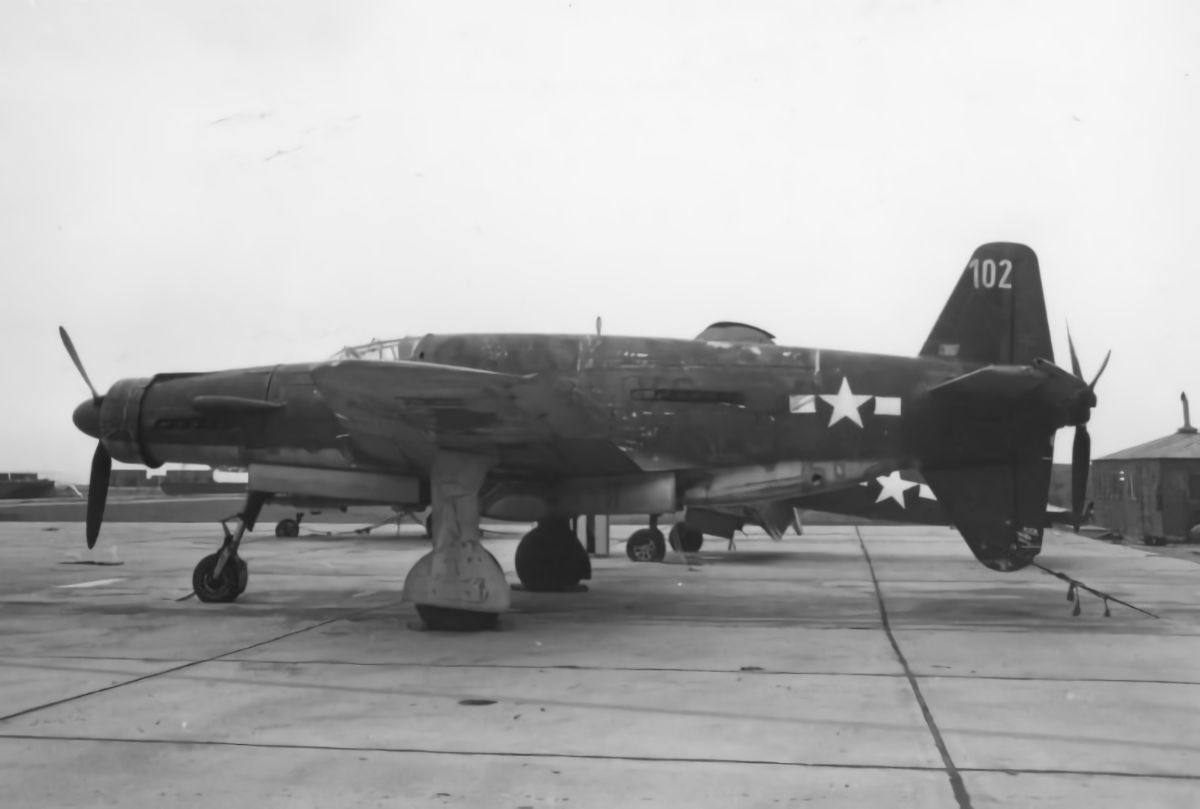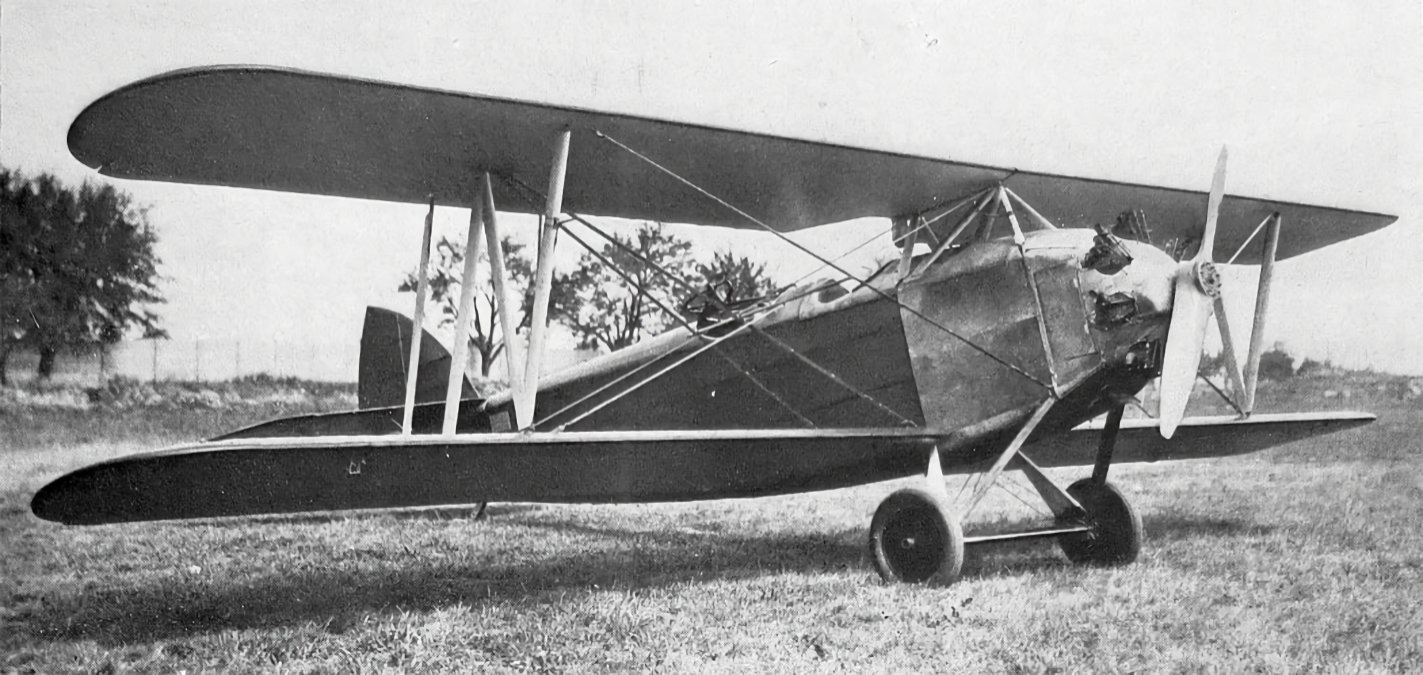Tag: World War Two
-
Dornier Do 335s Evaluated by the United States

Dornier Do 335s Evaluated by the United States With the collapse of Nazi-Germany, several Dornier Do 335s fell into Allied hands. US forces found Do 335 A-02 Wk-Nr 240102 VG+PH, Do 335 A-1 Wk-Nr 240165 along with Do 335 M14, the a B-series prototype. The A1 and A-02 were transported to the USA on HMS… Read more
-
British Heavy Cruiser HMS York

British Heavy Cruiser HMS York HMS York was a heavy cruiser of the York class, built for the Royal Navy in the late 1920s. She was the lead ship of her class, which also included HMS Exeter. The York class was base on the preceding County class cruisers, and designed to smaller and cheaper while… Read more
-
Letov S-28

Letov S-28 Designed as a replacement for the Letov S-16 two-seat biplane bomber, the Letov S-28 first flew in 1929. Powered by a Walter Castor 1 engine of 176 kW, it was found to be underpowered. After flight testing, it was modified to accommodate a Walter Jupiter VI of 330 kW. Letov found that the modification… Read more